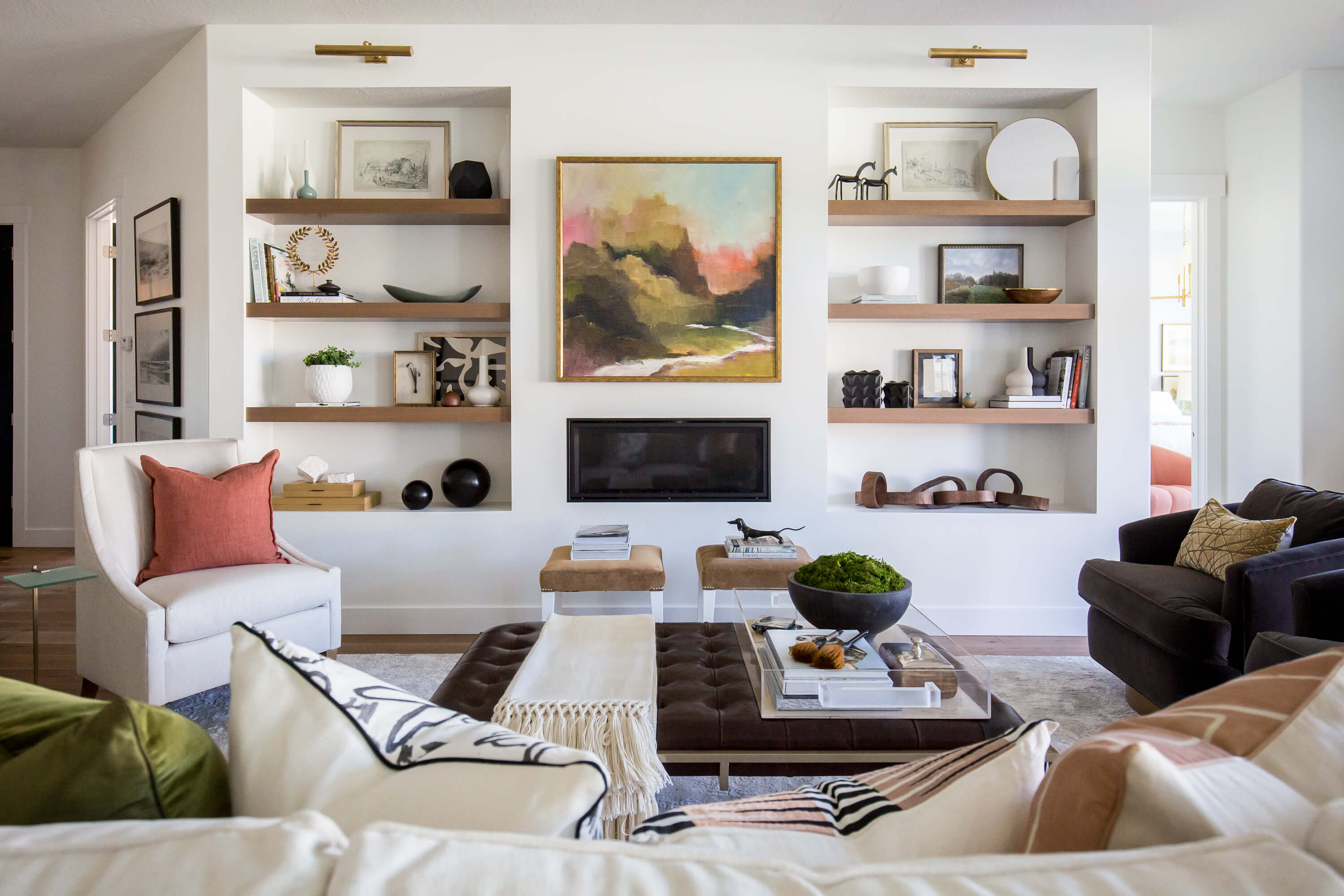
Harmony in Transition: Embracing Transitional Design Elegance
Transitional design style seamlessly blends traditional and contemporary elements, creating a harmonious and timeless aesthetic. Embracing the essence of both worlds, transitional design offers versatility and balance. Let’s explore the key characteristics, principles, and tips for incorporating transitional design into your home, striking the perfect balance between classic and modern.
The Essence of Transitional Design
Transitional design represents a middle ground between traditional and contemporary styles. It takes the classic elegance of traditional design and merges it with the clean lines and simplicity of contemporary design. The result is a balanced, sophisticated, and timeless look that accommodates various tastes and preferences. Transitional design values comfort, functionality, and a sense of understated luxury.
Key Characteristics of Transitional Design
1. Neutral Color Palette: Transitional spaces often feature neutral color schemes, including soft whites, creams, and muted tones. These colors create a serene backdrop and allow other design elements to shine.
2. Blend of Materials: Transitional design incorporates a mix of materials, such as wood, metal, and glass. This blend adds visual interest and texture, contributing to the style’s dynamic and eclectic feel.
3. Classic and Contemporary Furniture: Furniture in transitional design strikes a balance between classic and contemporary styles. You might find a traditional-style sofa with clean lines or a modern coffee table with classic detailing.
4. Subtle Patterns: Transitional spaces often include subtle and timeless patterns, such as stripes, geometric shapes, or simple florals. These patterns add visual interest without overwhelming the overall design.
5. Focus on Comfort: Comfort is a key consideration in transitional design. Plush sofas, upholstered chairs, and inviting textures create a warm and welcoming atmosphere.
Tips for Incorporating Transitional Design in Your Home
1. Harmonize Colors: Choose a neutral color palette with warm undertones. Blend shades like beige, gray, and ivory to create a cohesive and inviting atmosphere throughout your space.
2. Mix Furniture Styles: Combine classic and modern furniture pieces. For example, pair a traditional dining table with contemporary chairs, or vice versa. This eclectic mix adds character and charm.
3. Layer Textures: Introduce various textures through textiles, rugs, and decor. Incorporate elements like a plush rug, velvet cushions, or a mix of smooth and textured surfaces to enhance visual interest.
4. Transitional Lighting Fixtures: Select lighting fixtures that bridge traditional and modern styles. Pendant lights with classic silhouettes and modern finishes are a great choice for achieving a transitional look.
5. Artful Accessories: Choose accessories that strike a balance between classic and contemporary. Consider incorporating artwork, mirrors, and decorative items with a timeless appeal.
Creating Transitional Spaces in Different Rooms
1. Transitional Living Room: Achieve a transitional living room by combining a classic sectional sofa with clean lines, a modern coffee table, and neutral-toned accents. Use layered rugs and throw pillows to add texture.
2. Transitional Kitchen:* In the kitchen, opt for a blend of traditional cabinetry with modern hardware. Consider a classic farmhouse sink paired with sleek and contemporary appliances.
3. Transitional Bedroom: Create a tranquil transitional bedroom by combining a timeless upholstered bed frame with modern nightstands. Use a mix of soft and crisp linens for bedding.
4. Transitional Dining Room: In the dining room, pair a classic dining table with modern chairs. Incorporate a statement lighting fixture that combines traditional design elements with contemporary flair.
Benefits of Transitional Design
Transitional design offers several benefits for homeowners. It provides flexibility and adaptability, allowing you to update and evolve your space over time. The blend of classic and modern elements ensures a timeless appeal, preventing your home from feeling outdated. Additionally, the versatility of transitional design makes it a practical choice for those who appreciate a balanced and eclectic aesthetic.
Conclusion: Embracing Timeless Elegance
Incorporating transitional design into your home allows you to strike the perfect balance between classic elegance and modern simplicity. The versatility of this design style provides the freedom to express your unique taste while creating a timeless and harmonious living space. Explore more about embracing transitional design elegance at Transitional Design Style, and transform your home into a haven of sophistication and balance.


